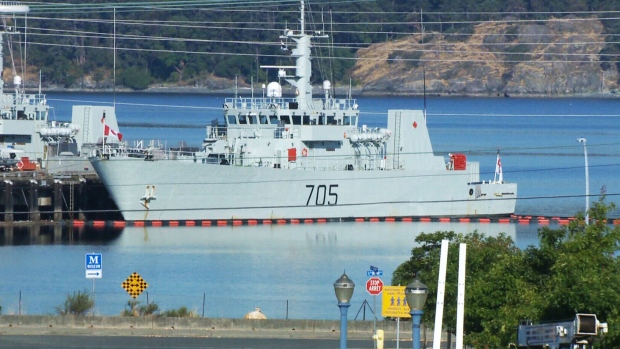
Here is a screen capture from the United States Naval Institute News website from February 2020:
Here is another screen capture from the same website from late January 2019:
The Second Fleet, which is headquartered at the Naval Support Activity Hampton Roads in Virginia, was reactivated in 2018 as a response to the "surge" in Russia's submarine activities. After 65 years of service, the Second Fleet was deactivated on September 30, 2011 because the United States Navy needed the funding for acquisitions as shown here:
Here is a quote from the commander of the United States Second Fleet, Vice Admiral Andrew Lewis, at a recent gathering of the U.S. Naval Institute and the Center for Strategic and Studies:
"Our new reality is that when our sailors toss the lines over and set sail, they can expect to be operating in a contested space once they leave Norfolk. Our ships can no longer expect to operate in a safe haven on the East Coast or merely cross the Atlantic unhindered to operate in another location…"
"We have seen an ever-increasing number of Russian submarines deployed in the Atlantic, and these submarines are more capable than ever, deploying for longer periods of time, with more lethal weapons systems. Our sailors have the mindset that they are no longer uncontested and to expect to operate alongside our competitors each and every underway."
Back in 2018, Chief of Naval Operations Admiral John Richardson explained his concerns about the encroachment of Russian and Chinese naval operations in the Atlantic, the traditional operating ground of the American fleet:
Here's a brief quote:
“We're talking about more [Russian submarine activity] than we’ve seen in 25 years. Even five years ago, we wouldn’t have seen anything like this [Chinese naval activity]…”
At least some of this activity by Russian's fleet of submarines is being undertaken to test NATO's abilities to track Russia's fleet as it pushes through the GIUK Gap (Greenland, Iceland, United Kingdom) a strategic bottleneck as shown here:
Let's look at the other side of the story, the Russian perspective of naval power. Here is an article from NATO's website dated September 2019:
Here is another article from NATO's website dated June 2019:
BALTOPS is an annual joint, multinational maritime-focused exercise designed to demonstrate the resolve of NATO partner nations in defending the Baltic Sea region. Here is a description of BALTOPS 2019 from the United States Navy website:
Note that this past year's exercise included 50 surface ships, 2 submarines and 36 aircraft and 8600 military personnel.
In case you aren't aware of the geographical setting of the Baltic Sea, here is a map of the region for your illumination:
You will notice that a very tiny portion of Russia borders on the eastern margin of the Baltic Sea (the location of the city of St. Petersburg). When the BALTOPs exercises take place, technically, they are immediately adjacent to one of the maritime borders of Russia.
With all of this information, you have to ask yourself, is it any wonder that Russian submarines are cruising the Atlantic Ocean which has been the stomping grounds of the United States Navy since the end of the Second World War, a situation that is causing a great deal of consternation in Washington? Given the alarms being sounded, one would almost think that Russian submarines located just offshore of America's east coast are about to launch an attack directly on Washington.
 Click HERE to read more from this author.
Click HERE to read more from this author.
You can publish this article on your website as long as you provide a link back to this page.

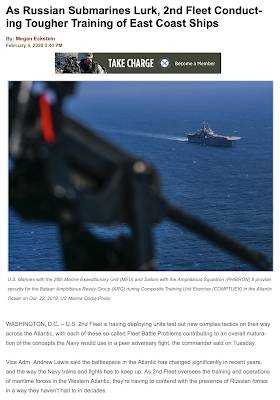
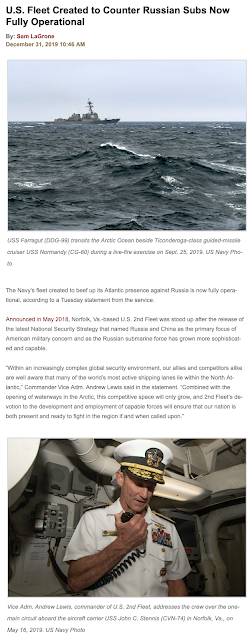
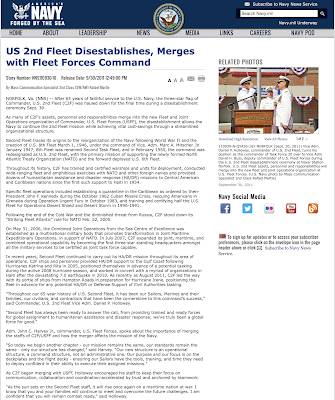
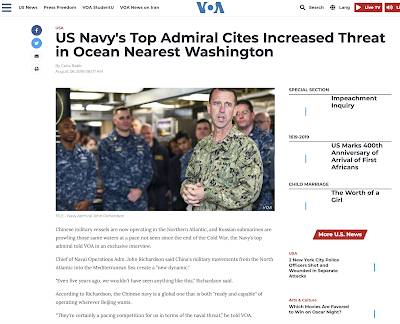
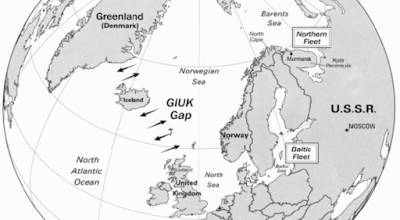
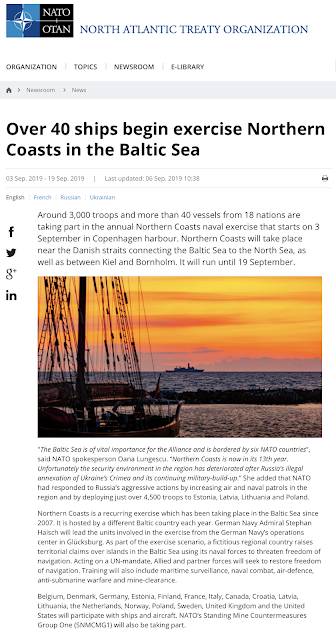
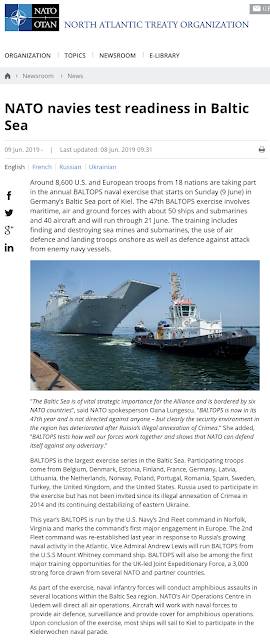
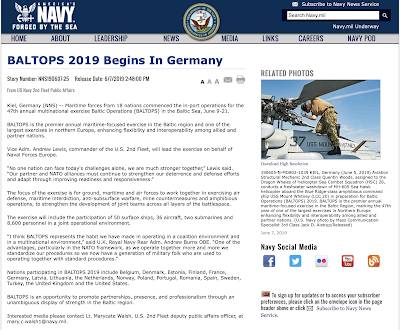
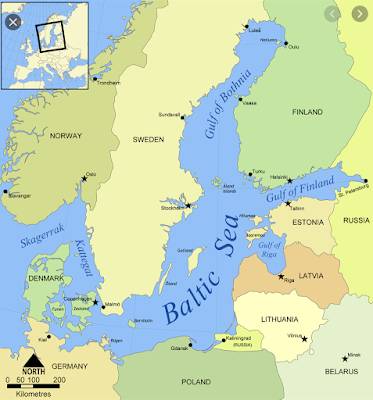
Be the first to comment